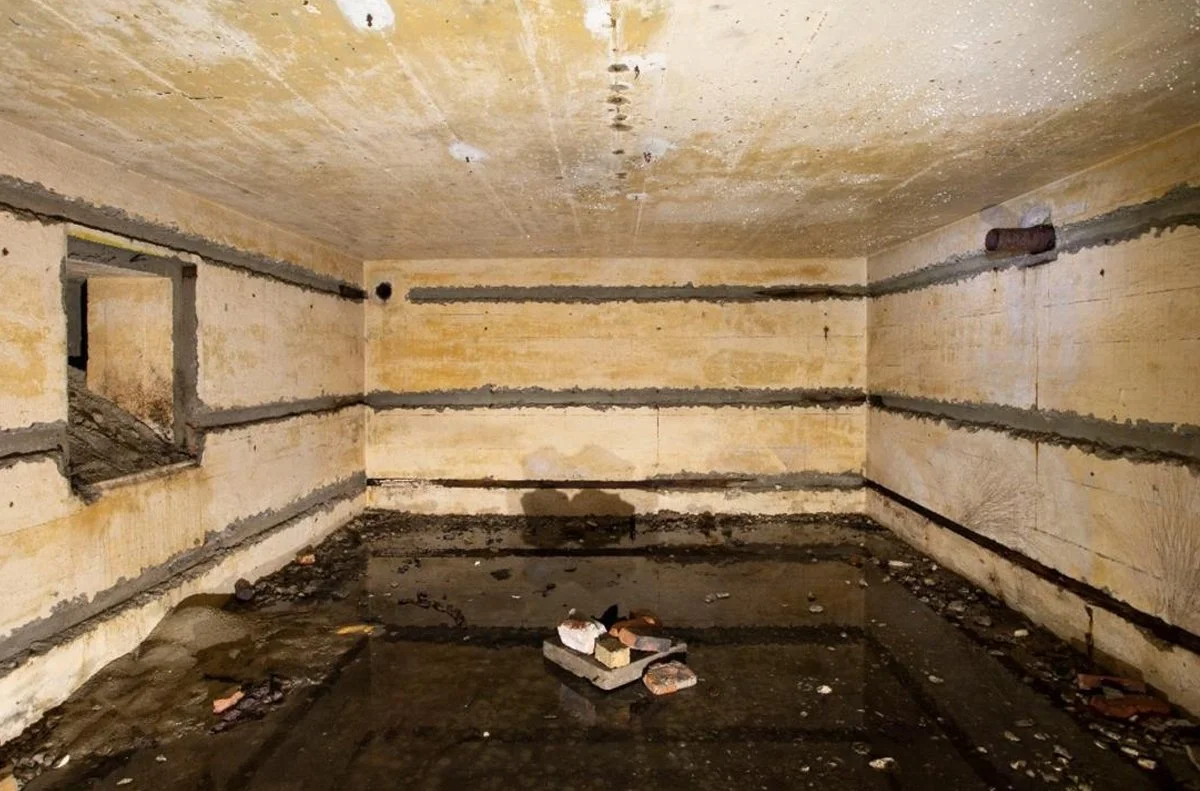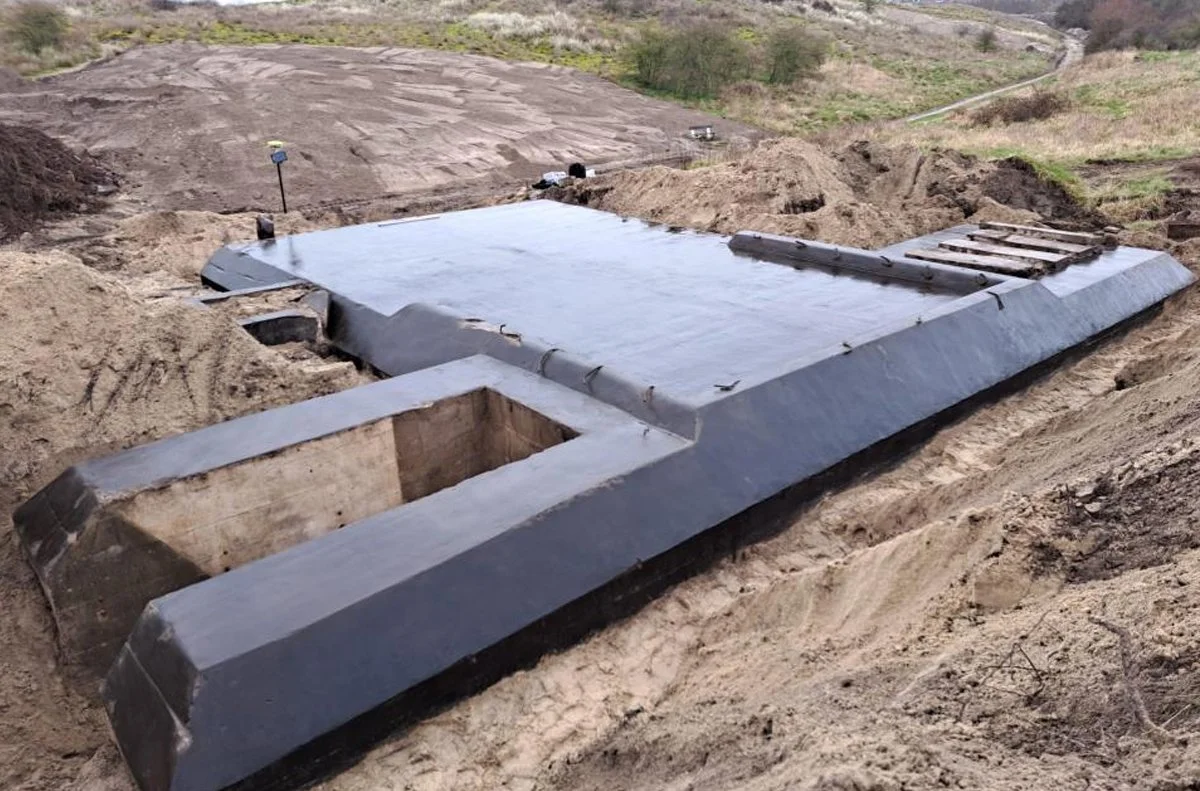A restoration project to remove invasive plants from dunes in the Heist Willemspark, Belgium, has led to the discovery of three intact WWII bunkers.
Heist Willemspark is located in the Knokke-Heist municipality, situated on the coastline of Belgium near the border with the Netherlands.
During WWI, the area of the park was used as a German position for heavy artillery batteries known as “Freya” and “Augusta”, and a series of forward observation bunkers for ranging shipping in the English Channel.
A number of these structures were repurposed by the German army in WWII, and further fortified as part of the Atlantic Wall, a system of coastal defences built between 1942 and 1944 along the coast of continental Europe. The area of the Atlantic Wall at Heist Willemspark was designated by the German army as Stützpunkt Heyst.

According to a press statement by the Municipality of Knokke-Heist, the bunkers were discovered by the Agency for Nature and Forests during a restoration project called LIFE DUNIAS.
Excavations at a depth of only a few feet revealed three Gruppenunterstand Type VF2a bunkers. The VF2a is intended for housing a Gruppe (the smallest German unit consisting of 10 soldiers) who operated forward radar positions. The bunkers at Heist Willemspark measure 6 by 7 metres externally, and are capped by a concrete reinforced roof measuring 1 metre thick.
The project also found traces of brick trenches, a fragment of a concrete track, and large amounts of rubble containing objects such as utensils, ammunition, cabling, and water pipes.
A representative of LIFE DUNIAS said: “These ruins illustrate the previous attempts to completely erase the park’s war history. The lighter structures were demolished and reduced to rubble, while heavier bunkers were covered with a layer of soil and hidden, as if they had never existed.”
Header Image Credit : Municipality of Knokke-Heist
Sources : Municipality of Knokke-Heist





